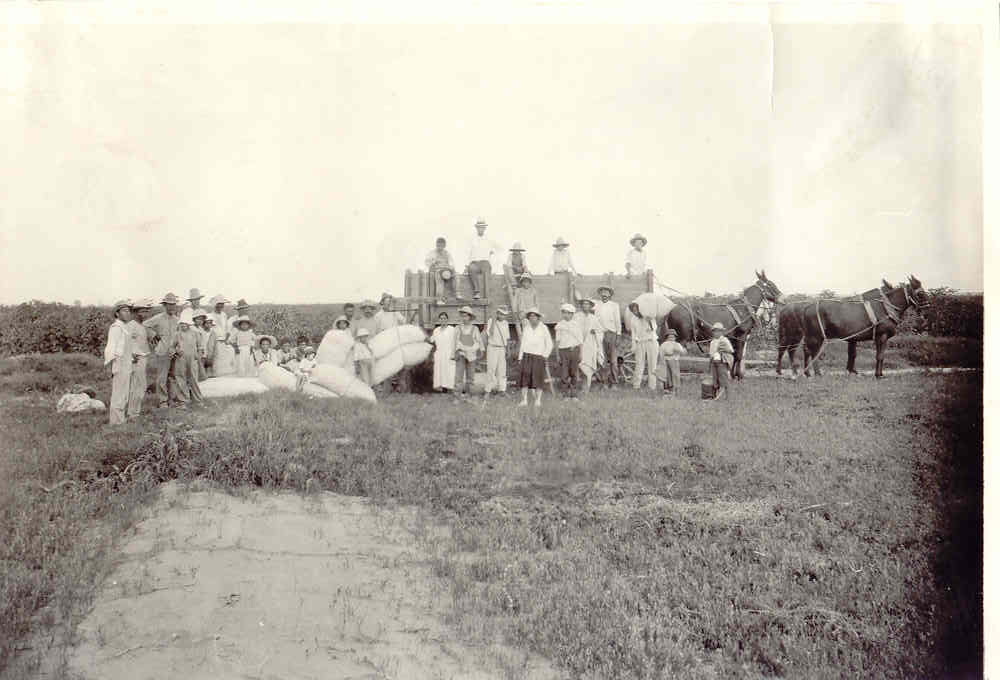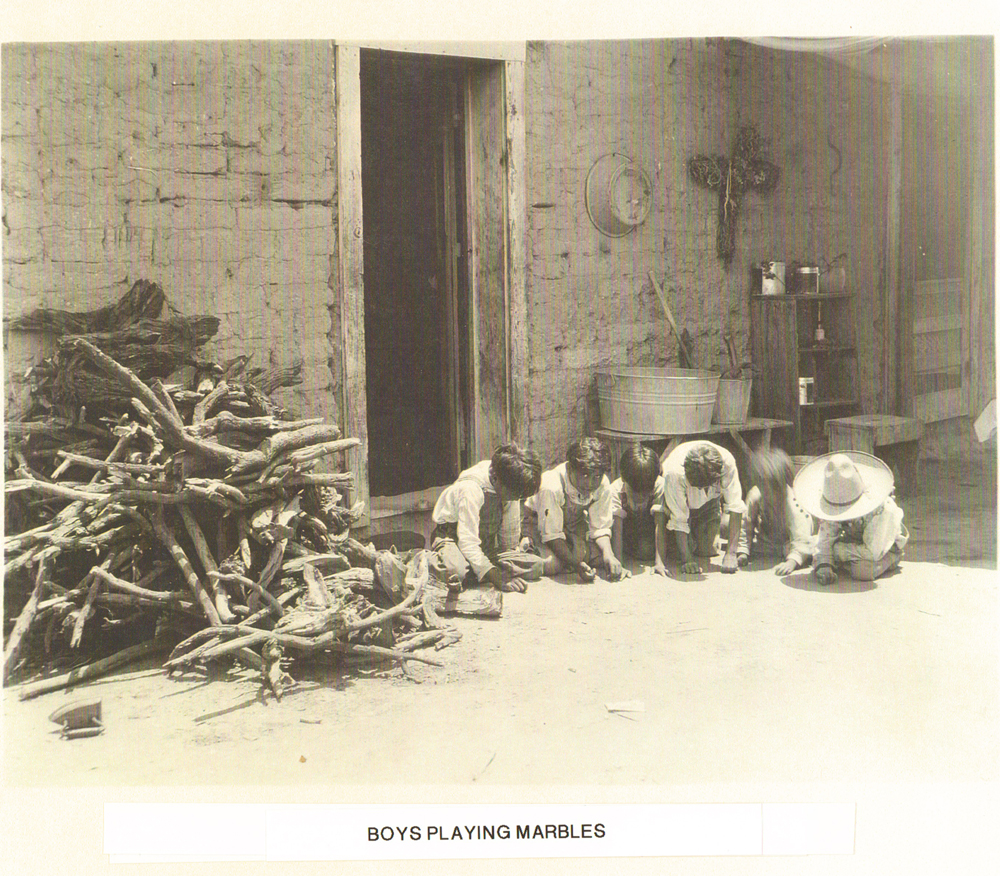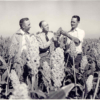SW Cotton Company’s Labor Force
SW Cotton Company’s Labor Force
Litchfield Park, Arizona
 The Southwest Cotton Company, a new subsidiary of Goodyear Tire & Rubber Company, came into the Litchfield Park, Arizona area in 1916 to grow cotton for their new pneumatic tire. Paul W. Litchfield of Goodyear had purchased 16,000 acres of land to grow the needed cotton. The gigantic task of clearing the land required many laborers.
The Southwest Cotton Company, a new subsidiary of Goodyear Tire & Rubber Company, came into the Litchfield Park, Arizona area in 1916 to grow cotton for their new pneumatic tire. Paul W. Litchfield of Goodyear had purchased 16,000 acres of land to grow the needed cotton. The gigantic task of clearing the land required many laborers.
Up to 2,500 men were brought in to prepare the land and get the planting started. The first laborers were migrant workers brought in from Mexico for six months under bond by permission of the Immigration Authority. As the land was cleared and more laborers were needed the Arizona Cotton Growers Association brought in more workers from Mexico under The Immigration Authority. Many of the Mexican immigrants stayed on the Litchfield Ranch and became citizens.
Local area residents worked as laborers and Native Americans were also recruited. The Yaqui Indians from the Village near Guadalupe and Scottsdale, Arizona as well as workers from the drought stricken areas of Texas were brought in to work in the fields.
The farm laborers were treated well and farm labor camps were built to house them. The workers were housed in tents the first year. The tents were replaced by small Adobe homes that were erected by the Air Line Canal. These homes were removed in 1929 when the laborers were moved into Labor Camps outside of Litchfield Park. The Camps were named Camp 50, 51, 52, 53 and 54.
In addition to the immigrants the German and Italian prisoners of war were brought in to help as laborers on the farms during the harvest season. During WWII a POW camp was located near Luke AFB in Arizona. The camp was within five miles of the cotton farm.
Entire families pitched in to pick the cotton and they were paid by the pound. Despite the limitations of hand labor in 1919  over six million pounds of cotton was picked.
over six million pounds of cotton was picked.
The Southwest Cotton Company provided the labor to create a new landscape in the area. They built 154 miles of roads and drilled dozens of wells and made concrete irrigation ditches. They laid gas lines and built electrical connectors.
The labor camps were rapidly filled with cotton workers. By 1920 hundreds of people made their home in company built houses. The company business thrived and cotton workers and their families attended churches, schools and convalesced in hospitals provided by the company. The area flourished with a new landscape and cotton was the key to new growth.
A new book about the early farm workers will be published soon. It is being written by Belen Moreno and Cruz Dominquez s- “Los Campos de Litchfield Park”.





